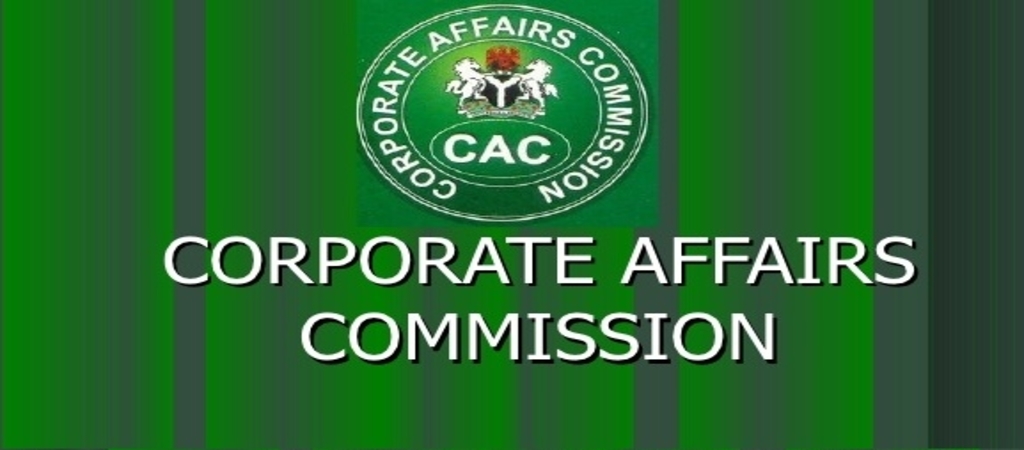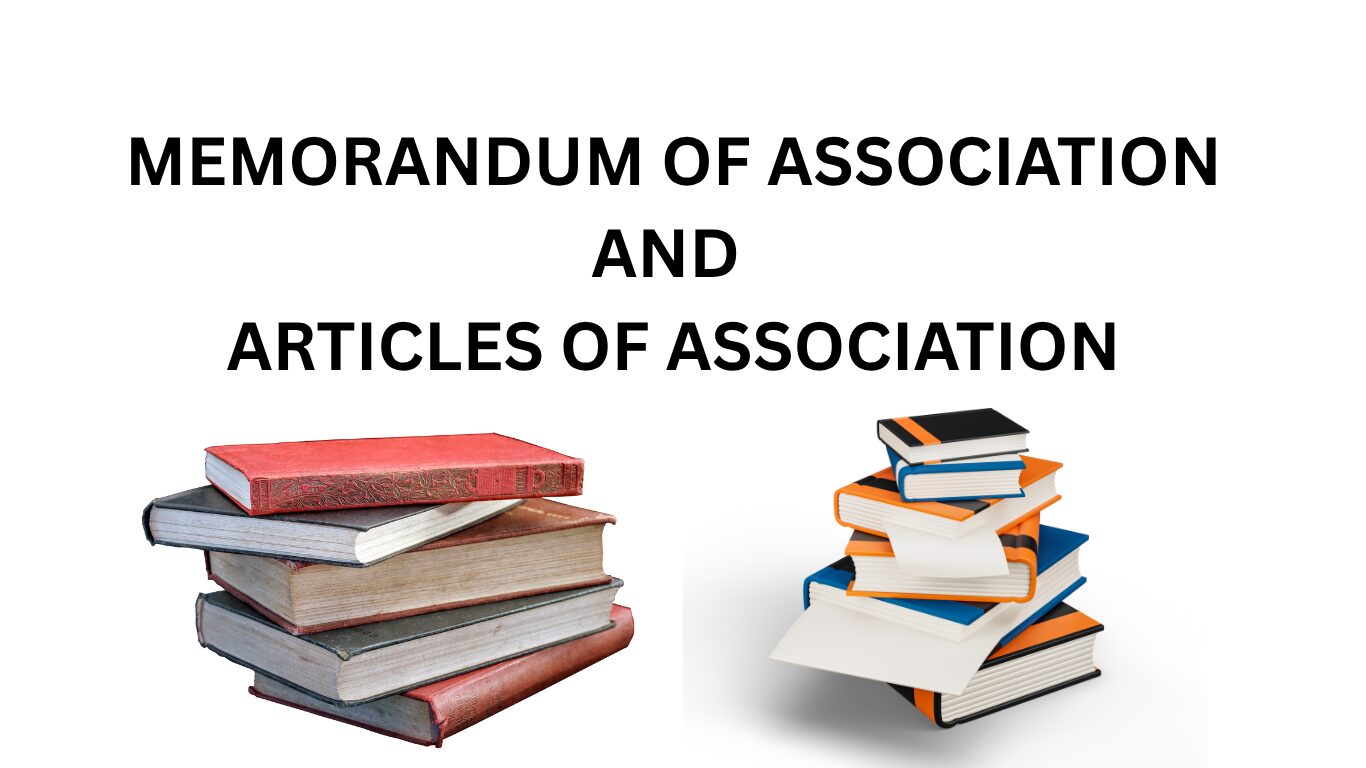Introduction
My realized colleague and ThisDay Lawyer columnist, Abubakar D. Sani, on 8th August 2017 printed a bit titled: “Widening the Tax Internet: Is Osinbajo’s Govt Order Right?” Although fairly informative, but it discredited the veracity of the Performing President’s signing of the Govt Order (EO) No. 004 of 2017 on Voluntary Property and Earnings Declaration Scheme (VAIDS), a tax window from 1 July, 2017 to 31 March 2018 encouraging tax defaulters to regularize their standing by voluntarily declaring their earnings and belongings in return for presidency waiver of penalties and immunity from prosecution, as opposite to the Structure of the Federal Republic of Nigeria(CFRN) being that it conflicts with the Nationwide Meeting’s unique energy of regulating the gathering of taxes, which is carried out via the Federal Inland Income Service (FIRS) and State Boards of Inner Income pursuant to part 4(3), Merchandise 59 of the Unique listing and Merchandise 7 of the Concurrent Legislative Checklist CFRN 1999.This rejoinder seeks to make clear the gray areas in respect of the EO on VAIDS and emphasize the constitutionality of the EO as legitimate and never extremely vires.
Origin and Relevance of EO
First, it have to be established that the EO is a binding doc which has the power of the legislation. Accordingly, the Black’s Legislation Dictionary 9th Version defines EO as “An Order issued by or on behalf of the President, normally supposed to direct or instruct the actions of govt businesses or authorities officers or to set insurance policies for the Govt department to observe.” The EO was first adopted in america of America (US) on June 8, 1789 the place George Washington, the primary US president, addressed the EO to the Head of Federal Businesses and Departments, asking them to teach him on the operate of their numerous departments- “…impress me with a full, exact and distinct common concept of the affairs of america in your fields.” Ever since then, subsequent US Presidents had used EOs for numerous functions. Though there may be nowhere within the CFRN 1999 that defines what an EO is, nonetheless, for an EO to have a power of legislation in Nigeria, it have to be gazetted (printed within the authorities’s official journal).
EO’s Constitutionality or In any other case
Sani conceded that “…by advantage of Part 5 and 130 of the Structure, all of the Govt Powers of the Federation are vested within the President (or, the Performing President).Nevertheless, these are common provisions”. I urge to vary, the import of part 5(1)(a)(b) CFRN ’99 empowers the President to take care of Constitutional provisions, all of the NA legal guidelines, and gadgets on which the NA has energy in the intervening time to make legislation while part 130 CFRN ’99 lucidly states that: “the President shall be the Head of State, the Chief Govt of the Federation and Commander-in-Chief of the Armed Forces of the Federation.” In my view, Osinbajo’s EO can’t be termed extremely vires and Sani’s place that the legislation being a ‘common provision’ berates the EO’s sanctity shouldn’t be correct. Contemplating the extant legal guidelines beneath the Corporations Earnings Tax Act (Cap. C21) LFN 2004 (CITA), which particularly grants the President tax exemption powers. This was acknowledged in my article titled “Tax Amnesty: A Step on the Ladder Out of Recession” printed in BusinessDay (10th November 2016 pg.30) the place I acknowledged that: “The President’s tax exemption powers will also be wielded to implement [Tax Amnesty Programme] TAP. Part 23 (2) CITA states that “the President could exempt by order-(a) any firm or class of corporations from all or any of the tax provisions of this Act; or (b) from tax all or any earnings if any firm or class of corporations from any supply, on any floor which seems to it[sic] ample…the President can even suggest (with the NA’s approval) to change tax charges for capital allowances akin to mining, infrastructure, agriculture, analysis and improvement expenditures pursuant to part 100 CITA.”
The specificity of sections 23(2) and 100 CITA undermines Sani’s place the place he acknowledged that: “…particular issues derogates from common issues: generalia specialibus non derogant.” In truth, part 23(2) CITA acknowledged particularly that the President by ‘order’ train discretionary energy of tax exemption. Such order may very well be in type of EO as practiced by Osinbajo, which for my part didn’t undermine the NA’s legal guidelines fairly it enhances the Tax Administration (Self Evaluation Laws) 2011 in fostering the FIRS roles as tax enforcement/regulatory physique. Additionally, the ‘common provisions’ doesn’t cease the President from exercising ‘discretionary powers’ being the top of state, chief govt and commander in chief of the armed forces. The intent of such discretionary energy (vide the EO) have to be honest, simply and made in good religion. Then, may or not it’s mentioned that Osinbajo’s usurped the Nationwide Meeting’s powers (pursuant to part 4(3) and Merchandise 59 of the Unique listing-“taxation of incomes, earnings and capital good points, besides as in any other case prescribed by this Structure.”; and 9 of the Concurrent Legislative Checklist of the CFRN 1999– impari materia to Unique listing solely that it pertains to Federal and State authorities in respect of tax legal guidelines)?
My reply is within the detrimental, as a result of the doctrine of separation of powers beneath the Structure, allows the President to train some overlapping features. For example the President workout routines legislative operate by assenting to the NA Invoice, if not it is not going to be handed to legislation besides two third majority of the legislators maintain in any other case pursuant to part 58(5) CFRN ’99; equally the President can modify legal guidelines that have been made earlier than 1999 and such legislation could be deemed as handed by the NA pursuant to part 315 CFRN ’99). On this occasion, the Performing President didn’t modify the legislation fairly he amplified the present tax legal guidelines’ relevance and enforceability by way of the EO giving tax defaulters alternative to conduct self evaluation and report similar to the tax authority. This, in any method, can not quantity to usurping of the NA’s powers.
This place was additional validated in AG Abia & 35 Ors v. A.G. Federation [2003] Four NWLR (Pt.809) p.124 at 177 para F the place the President’s motion of amending the Allocation of Income Act 1990 was thought of legitimate and constitutional. The Supreme Court docket (SC) additional acknowledged that the 2 exams for figuring out constitutionality of modification to an current legislation are: whether or not the modification order brings the related Act into conformity with the provisions of the Structure; and whether or not there was an infraction of the Structure by the order. Identical applies to the elimination and appointment of Judges topic to Senate affirmation beneath s. 291 and 231 CFRN respectively.
My realized good friend’s reference to AGF v. Abubakar [2007] All FWLR (Pt.375) pg.405 @ 472E & 524 in respect of the ‘common provision’ of the structure and no presumption ought to be made as regards the EO wouldn’t suffice right here, as a result of the Supreme Court docket (SC) in that case acknowledged that the precept of separation of powers has the impact that the legislature can not take away from the President or confer on others, features of a strictly govt nature. This was validated in Ohaji v. Umamka [2011] Four NWLR (Pt 1236) p. 148 at 164 para. C the place the Court docket reiterated the Supreme Court docket determination in Ajakaiye v. Idehai [1994] Eight NWLR (Pt. 364) 504 at 525-526 that “the place there’s a statutory provision for making an order … and the making of similar is reposed in … the President of the Republic or Governor of a State, such operate can’t be usurped by the court docket. The furthest a court docket can go is to declare as to validity or in any other case of that order … however the court docket has not bought the jurisdiction to take over the features … by making its personal order”. Which means that the EO was made pursuant to the inherent powers of the President beneath sections 5 and 130 CFRN ’99 and topic to different tax legal guidelines like CITA, and this may not be
The case could be totally different if the EO was illegal or unconstitutional. In INEC v. Musa [2003] Three NWLR (Pt 806) p 72 at 157 para E, the SC reiterated this place that “all powers, legislative, govt and judicial should in the end be traced to the Structure.” Osinbajo’s EO on VAIDS will be traced to the Structure as a result of it helps the present tax legal guidelines. Paragraph 12 EO VAIDS 2017 succinctly states that “the Govt Order shall be learn along side all extant Tax Legal guidelines, Laws, Pointers in addition to these that could be issued pursuant to the Scheme.”
Conclusion
Contemplating the spirit and letters of the Structure, the Performing President’s EO is honest and true; it’s gazetted; particularly supplied for beneath the CITA; and geared toward resuscitating our moribund financial system and such shouldn’t be termed extremely vires. The mere proven fact that EO overlaps with the NA’s unique roles of does make the EO of no impact as a result of it’s according to the structure and doesn’t contradict fairly it provides credence to the present tax legal guidelines in Nigeria which qualifies as a part of the President’s discretionary powers exercised via EO.
Supply: www.lexology.com






